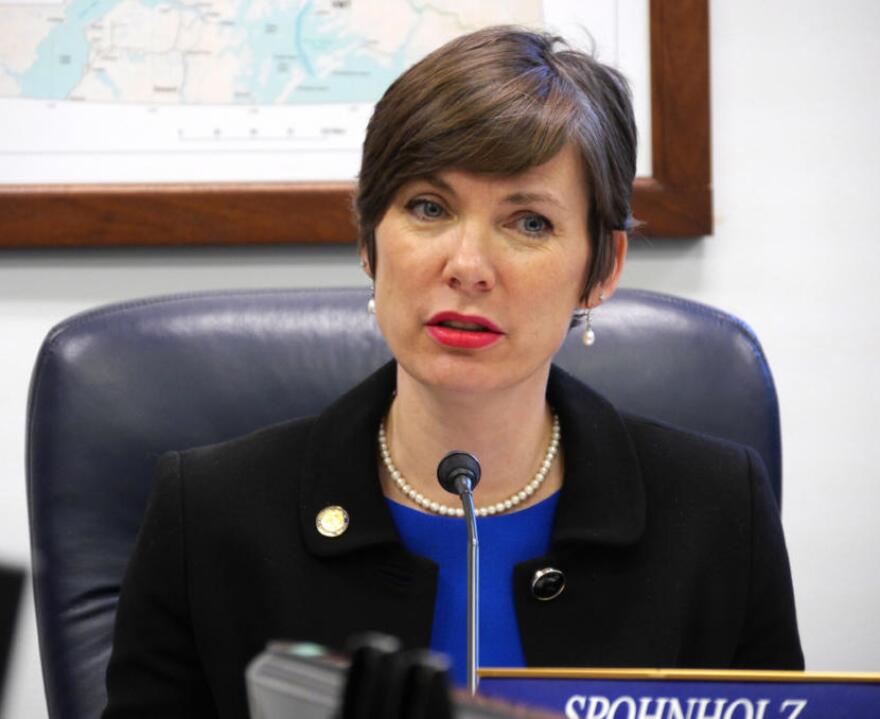The state’s annual draw from the Permanent Fund is a lot of money — currently more than $3 billion.
For some lawmakers, the primary way that money should be used is clear: to pay PFDs. But other lawmakers say the fund can help settle one of the state issues that's been debated even longer than the PFD: how to pay for public education.
While state public school funding has been flat the past five years, its value has been eroded by rising prices. And some teachers have received pink slips while waiting for the Legislature to pass the budget. Anchorage Democratic Rep. Ivy Spohnholz said the uncertainty is hurting schools.
“If you ask any business if unstable revenue will drive performance, they’ll tell you, 'No,'” she said. “The same thing is true for public education. Sustainable funding actually helps to drive reform and outcomes and performance.”
Spohnholz chairs the House Special Committee on Ways and Means. The committee has been considering proposals to balance the state budget in the long term. The committee put forward House Bill 4003, which would resolve the size of both PFDs and school funding.
Under the bill, a quarter of the money the state draws from the Permanent Fund each year would be paid in dividends. That would lead to PFDs of roughly $1,250 next year, half the level proposed by Gov. Mike Dunleavy.
Half of the money that doesn’t go to dividends — 37.5% of the total draw — would pay for the main source of state education funding, known as foundation formula funding. The rest of the draw could be used to support all other state services.
The bill would increase state funding for schools by roughly $90 million next year. Spohnholz said at an Oct. 28 Ways and Means Committee meeting that the bill will help schools dealing with rising costs.
“We can start to chip away at the losses we’ve experienced in the buying power of our K-12 education dollars over the last few years,” she said.
Over the next decade, the Permanent Fund is projected to grow faster than inflation. That means that under the bill, state education funding would be significantly higher by 2030 than it is today, from $1.16 billion to $1.93 billion.
The proposal drew praise from advocates for public school funding.
Tom Klaameyer is the president of the state’s largest teachers union. He said the additional money could address different needs across the state, from reducing class sizes to improving broadband access. He also said it could increase the state’s ability to attract and retain teachers and other school staff.
“If we get more highly-qualified educators in those positions and reduce that student-to-teacher ratio, the more one-on-one time we’re going to get with students, and the better the outcomes are going to be,” he said.
The bill was introduced in the fourth special session this year. It’s not clear yet if the Legislature will be considering it or a similar proposal during the regular session that begins Jan. 18 in Juneau.
It’s a different approach than what most members of the Republican House minority caucus have pushed for. They say the PFD should be resolved first.
Nikiski Republican Rep. Ben Carpenter said he wouldn’t comment on the specifics of the bill until he’s had more time to analyze it. He credited Spohnholz with what he said was an “outside the box” approach to addressing the state’s long-term budget issues. But he said that in drawing from Permanent Fund earnings, he would focus on the PFD before considering other areas like education.
“I believe that Alaskans — the majority of them — still feel that the people, through the dividend, should have first call on the permanent fund earnings,” he said.

